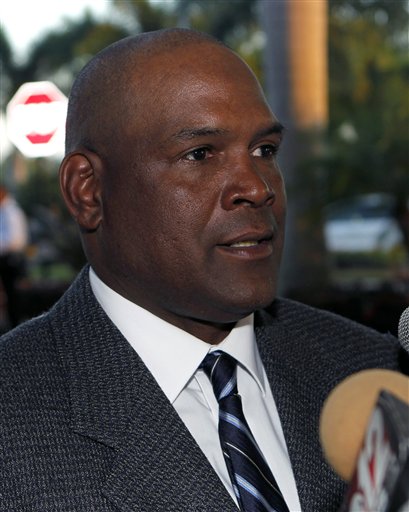By Sam Belden

The announcement of the 2016 National Baseball Hall of Fame class is a few weeks away. Still, it’ll be old news by the time our next issue goes to print, so I figured I’d use this space to plead my case to induct one of the most underrated players in the history of the sport: leftfielder Tim Raines.
For those who don’t know, members of the Baseball Writers Association of America receive ballots every winter, on which they can mark up to 10 names. In January, all players receiving support from at least 75 percent of the writers are revealed as the Hall’s newest inductees; others who receive more than five percent are placed on the next year’s ballot for another go-round. Last year, Raines received 55 percent of the vote, but his eligibility expires in two years, putting him in murky territory.
That’s a shame, because to me, Raines is a slam dunk Hall of Famer and one of the giants of his era. A Montreal Expos mainstay throughout the 1980s, he paced the National League in stolen bases for four consecutive seasons and won a batting title in 1986. He wasn’t just a singles slapper, either–Raines led the league in doubles in 1984, and his on-base percentage topped .400 on four different occasions. With 69.1 career Wins Above Replacement, he’s a great choice for more sabermetrically inclined voters too.
Still, Raines hasn’t enjoyed very much Hall of Fame support from the mainstream until recently. Indeed, his candidacy was first supported by lovers of advanced stats, and he’s been slowly building momentum ever since.
But let’s try something: a side-by-side comparison of Raines and the great Tony Gwynn. As expected, Gwynn finished his career with a higher batting average, but Raines’ ability to draw walks offsets that; their career OBPs were .388 and .385, respectively. Gwynn hit for a bit more power but was often overmatched on defense. Raines’ major advantage was his baserunning. In his career, he was an outstanding 808-for-954 in stolen base attempts; compare that to Gwynn’s rate of 319-for-444.
You’re entitled to your own opinion regarding which one is better, but the above comparison suggests that Gwynn and Raines had at least comparable careers. Why, then, did Gwynn go sailing into the Hall with 97.6 percent of the vote in his first year of eligibility while Raines is facing being snubbed altogether? Why are the two players perceived so differently?
Famed baseball statistician and historian Bill James attempted to answer this question several years ago. Essentially, he concluded that certain statistics, such as batting average, tend to be overrated by fans, while others, like walks and baserunning stats, tend to be underrated. That’s why the great Rickey Henderson took home only one MVP award in his career. Other factors are also at play. Gwynn was a career San Diego Padre and is fondly remembered as a franchise icon, while Raines bounced around from team to team for a while, muddying his legacy.
At any rate, the voters owe it to both the players and the Hall of Fame to make the correct decision. With his blistering speed and patient approach at the plate, Tim Raines proved that he’s worthy of a bronze plaque in Cooperstown. Here’s hoping that enough voters recognize that.





































































































































































































